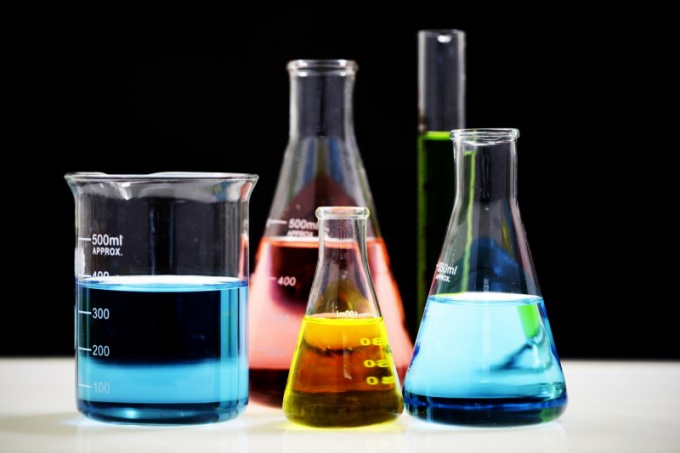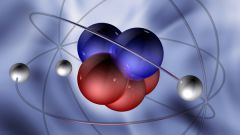Precursors in chemistry and biochemistry
Chemists in his research, often referred to precursors. In the context of chemical experiments for today precursors include any chemical reagents involved in the chemical reaction aimed at the creation of toxic chemicals. Especially often to the group of precursors include those reagents that affect the ability of the final substance to be toxic.
There are precursors and biochemical processes. Only, unlike the chemists, the experts in the field of biochemistry called the precursors, the intermediate members of metabolic pathways. In other words, the biochemical precursor is any substance which participates in the reaction, no matter whether from the substance formation of certain properties in the final compound.
Precursors in the criminal code
Found, the term "precursor" and the Criminal Code of the Russian Federation. In the criminal code of the Russian Federation precursors are substances that are used for the production of narcotic drugs and psychotropic substances.
It is important to note that not all substances or otherwise used in the manufacture of drugs and psychotropic drugs included in the list of precursors. For the formation of the list, and it annually adds new units of chemical compounds is a special Commission.
Initially, the list of precursors is prohibited to open the smooth sales and distribution, was established in 1988 by the Convention of the United Nations Convention against illicit traffic in narcotic drugs and psychotropic substances.
On the territory of the Russian Federation the most common precursors are: lysergic acid, methanol, chloroform, toluene, hydrochloric acid and red and yellow phosphorus. All of these substances are found in the free market is almost impossible.
By the way, most of the precursors used in the chemical industry and is nothing short of deadly poisons. However, it is not surprising, because drugs are also poisons, but at a certain dosage does not result in instant death. As an example of the precursor of the poison can cause anhydrite acetic acid, which was previously included in the list of prohibited on the territory of the Russian Federation poisons. Now acetic anhydride is used to enhance the effects of drugs on the brain of the addict.



